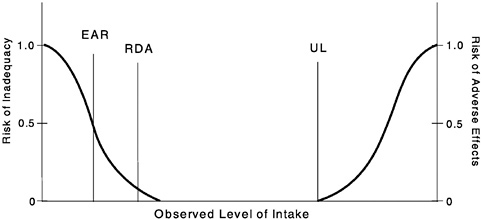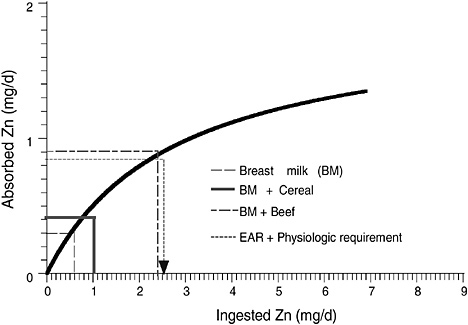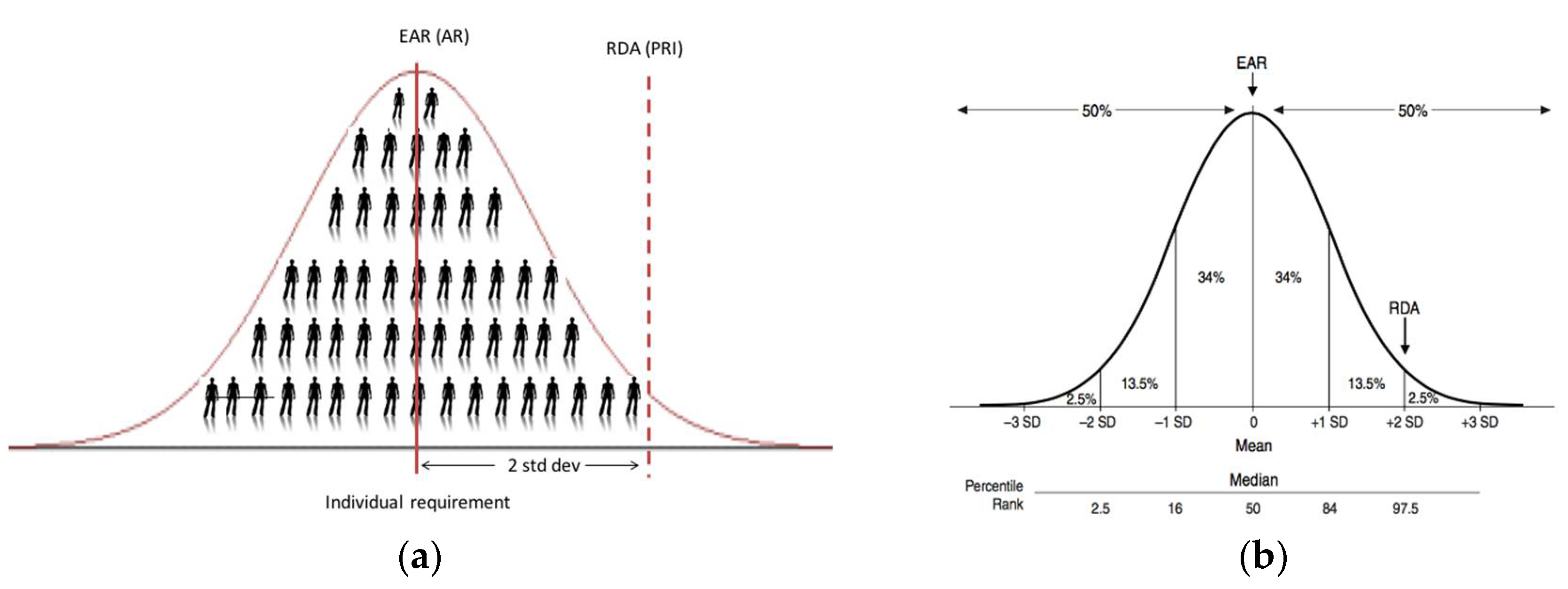The Dietary Reference Intakes Are Appropriately Used For All Of The Following Except

Reasons for the unintentional weight gain include all of the following except a the food industry s increase in.
The dietary reference intakes are appropriately used for all of the following except. A estimated energy requirements. Saturated fats should contribute less than 10 of kcalories c. The dietary reference intakes may be used to.
Assess dietary nutrient adequacy. The dietary reference intakes dris are quantitative reference values for recommended intakes and tolerable upper intake levels for a range of nutrients. Ensuring that minimum nutrient requirements are met.
Estimating the adequacy of an individual s nutrient intake. The dietary reference intakes dri are appropriately used for all of the following except. B the standards are designed to reduce the risk of chronic disease.
A the standards are designed to prevent nutrient deficiency. They are used widely by dietitians in individual counseling by federal nutrition officials in program and policy development and by the nutrition research and education communities in. Total fat intake should not exceed 35 of kcalories b.
Treat persons with diet related illnesses. The 2010 dietary guidelines encourage americans to consume less. Documents were included if they reported information on either recommended intake levels or dietary reference values or nutritional objectives or dietary guidelines regarding fat and or fatty acids and or cholesterol intake or if reported background information on the process followed to produce the recommendations.
The dietary reference intakes dris are a set of reference intake levels for nutrients that can be used for planning diets and assessing nutrient inadequacies of individuals and groups. Specify the minimum daily intake of all nutrients. Planning diets for population groups like military personnel.












